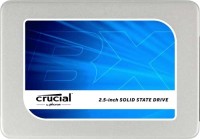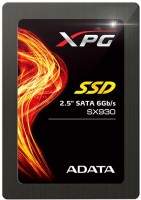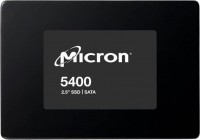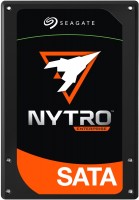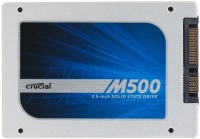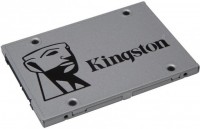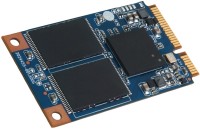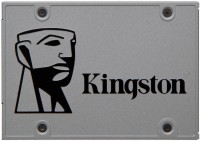Kingston SSDNow UV400 SUV400S37/240G 240 GB
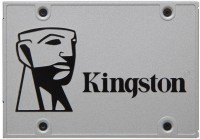 |
Kingston SUV400S37/240G | |||||||||||||||||||||||||||||||||||||||||
| |||||||||||||||||||||||||||||||||||||||||
Always clarify the specifications and configuration of the product with the online store manager before purchasing.
Catalog Kingston 2025 - new arrivals, bestsellers, and the most relevant models Kingston.
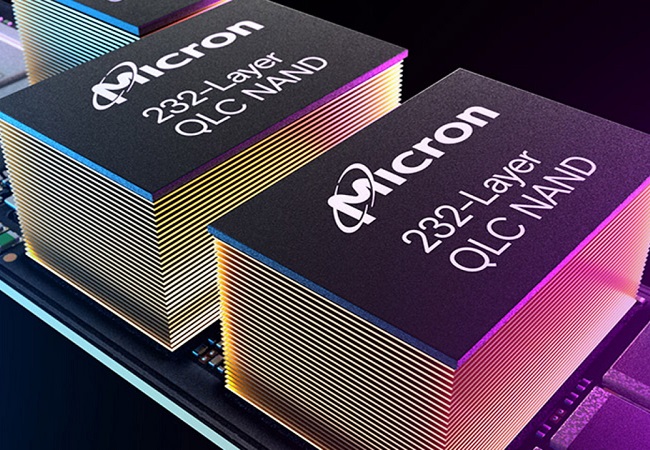

Hard is better than hard
A 1TB HDD and a 240GB SSD cost about the same right now. And given the fast unlimited Internet (games, music and movies can be deleted without a drop of doubt and then downloaded again), the best choice now is a small-capacity, but reactively fast SSD. Compared to the HDD, it speeds up absolutely everything: loading the operating system, launching programs, opening files, and even friezes and FPS subsidence in games can be eliminated. Moreover, for the vast majority of users, even a low-cost SSD with a SATA interface and TLC memory, such as the Kingston SSDNow UV400, will be enough.
Made with the mind
The Kingston SSDNow UV400 is based on a smart Marvell 88SS1074 controller, 15nm Toshiba TLC flash memory (labeled as Kingston, but we recognized it right away) and Nanya DDR3 cache memory. Given the relatively rapid wear of TLC memory (only 1000 rewrite cycles), the controller is entrusted with the critical task of analyzing and sorting data, followed by cleaning up software garbage to extend the life of the SSD. The Marvell processor handles with this task perfectly.
double buffer
The smallest files (up to 256 MB) are placed in the first SSD buffer, which consists of RAM, for faster processing. Larger files (up to 4 GB) are placed in the second buffer - a virtual RAID array from flash memory. That's why files up to 4 GB are recorded at up to 490 Mbps, while larger files are recorded at only 100 Mbps. Given the specifics of TLC memory, we can recommend the Kingston SSDNow UV400 to those who are looking for the cheapest SSD, but do not plan to operate it around the clock.



